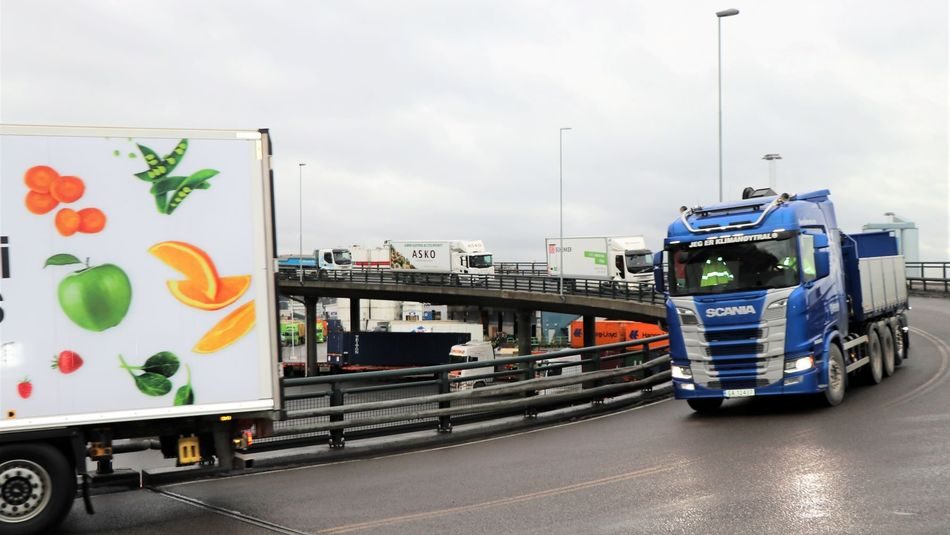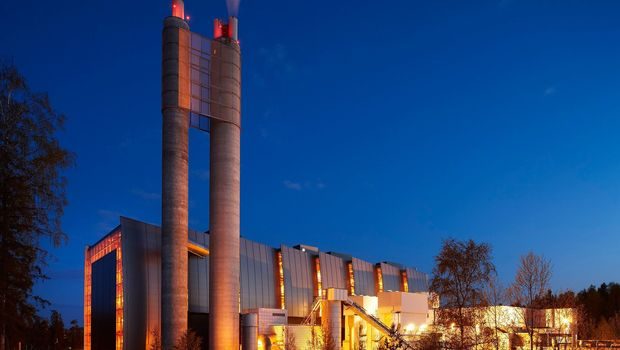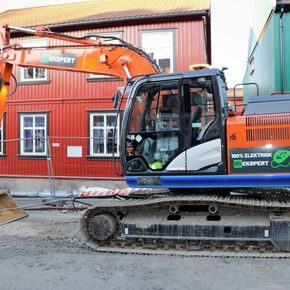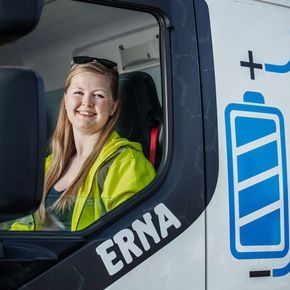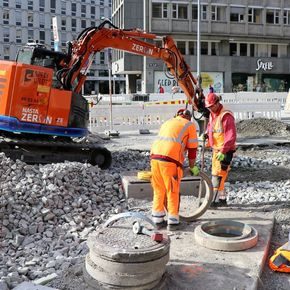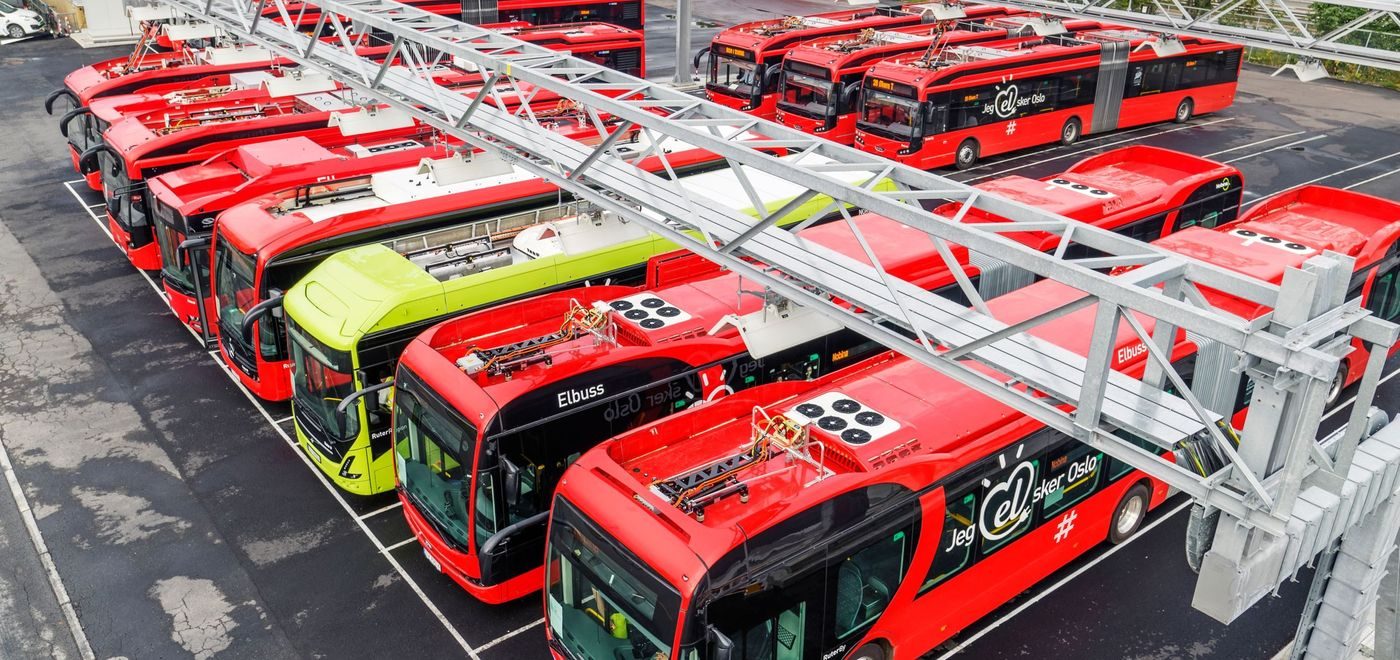
Oslo’s Climate Budget 2020: The most important figures
Road tolls, electric buses and municipal procurement power ensure reduced greenhouse gas emissions in Oslo. Here are the most important figures in the Climate Budget 2020.
The Climate Budget for 2020 plays a role in mapping Oslo’s ambitious emission reduction targets for 2030. Greenhouse gas emissions are to be reduced by 41 percent in 2020 and 52 percent in 2023, when compared with levels in 2009. The analyses performed by the Climate Agency for the budget show that there is still some way to go before these ambitious goals can be achieved.
The Climate Budget for 2020 contains measures that are expected to provide emissions reductions by 33 percent in 2020 and 39 percent by 2023. Oslo City Government is working towards intensifying the measures that have already had a positive impact.

The Climate Budget – explained
GHG Emissions will decline
– From what we can see from the Climate Budget for 2020, the

Heidi Sørensen
emissions are on the way down and are expected to continue to fall in the future. At the same time, we have to strengthen the use of instruments moving ahead if we are to achieve the 95 percent emission reduction target in 2030, says Heidi Sørensen, Director of the City of Oslo’s Climate Agency.
Major efforts are being invested in cutting emissions from road transportation in the city. This shall be achieved by means of a transition to electric cars and encouraging more people to travel by public transport, cycle and by foot.
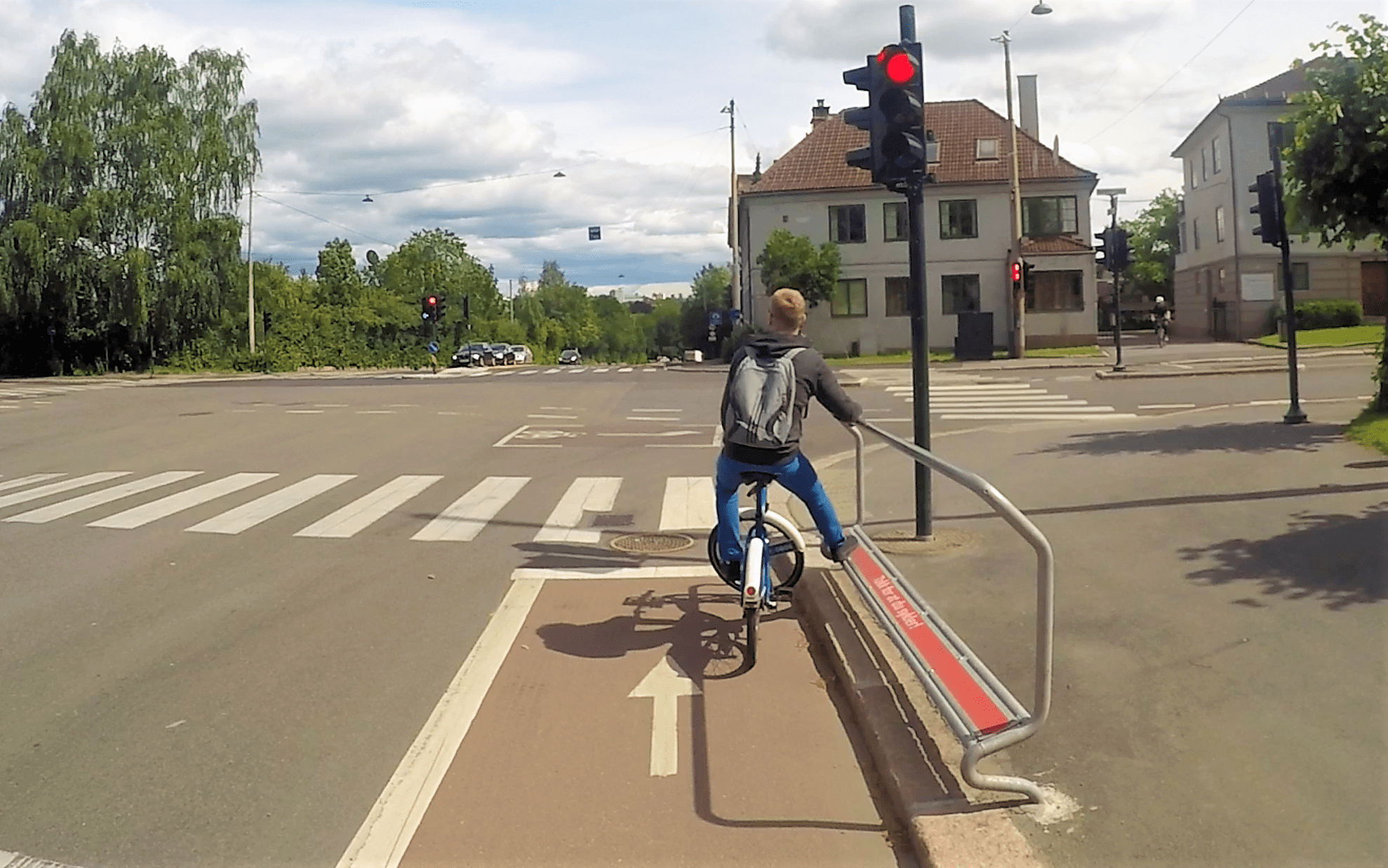
Improvements to cycling paths shall make it easier for people in Oslo to cycle through the city rather than travelling by car. Photo: Andreas Reite.
Road tolls are an important measure in the Climate Budget
The new payment system for road traffic users, introduced in June 2019, is one of the most important instruments for reducing greenhouse gas emissions from road transport in Oslo.
– At the same time, the emission reduction effect depends on the provision of a sufficient number of charging stations for private cars, and on the county councils and state government working to reinforce the incentives for a transition to zero-emissions cars, says Heidi Sørensen.
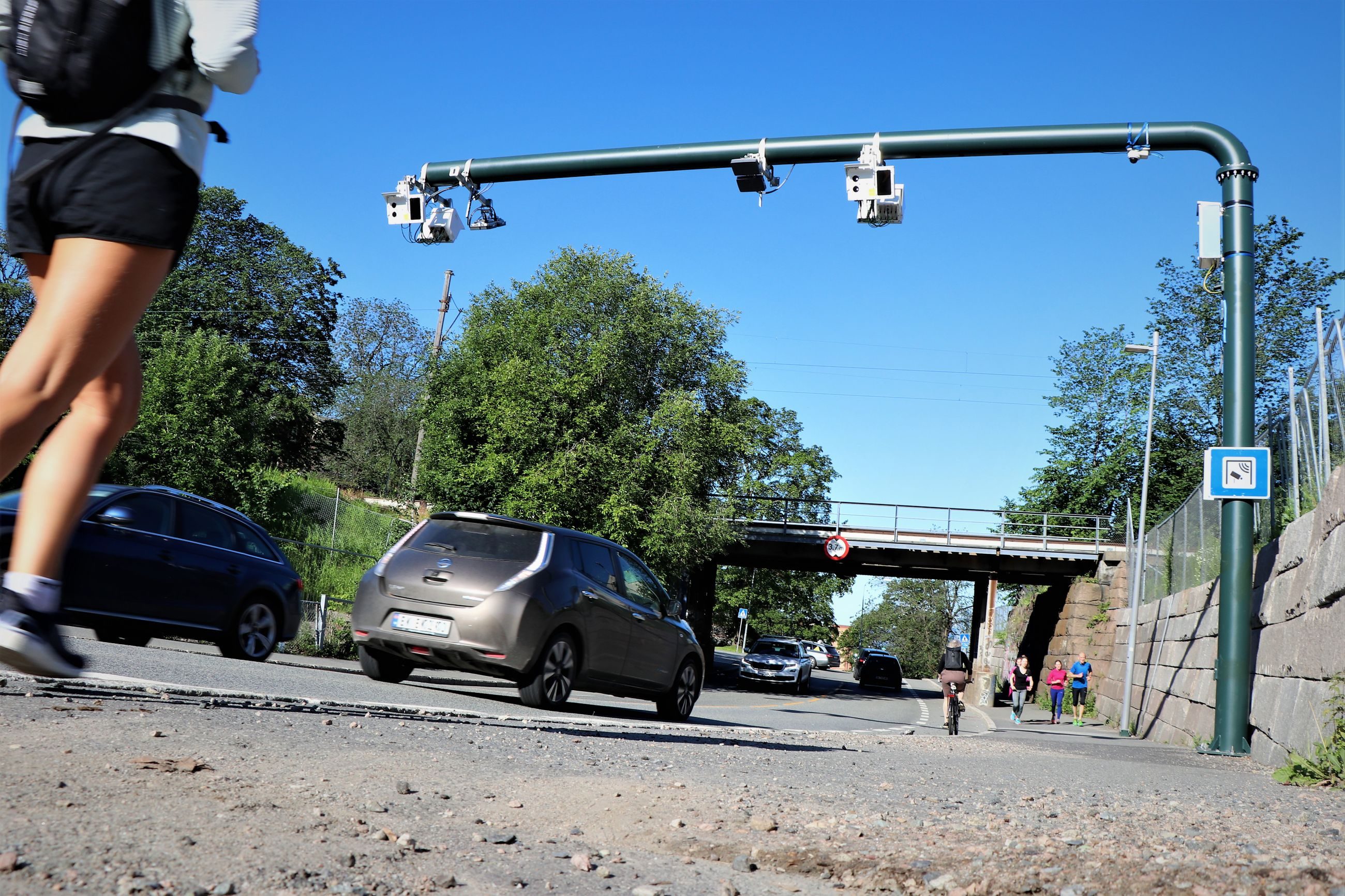
The road toll ring is an important part of the Climate Budget, in the efforts to achieve lower road traffic emissions.
The road traffic user payment system forms the basis for estimates of reduced emissions leading up to 2020 and 2023. Road traffic is expected to decline as an increasing number of persons choose cycling, walking and public transport. Moreover, the transition to zero-emissions technology for cars continues. During the first eight months of 2019, 59 percent of new cars registered in Oslo were electric cars, while chargeable hybrid cars were at 8 percent.
The Climate Agency has been assigned the task of investigating how road tolls can be utilised to achieve further reductions in greenhouse gas emissions.
Investing in climate-friendly transport
70 percent of total cuts to emissions expected in Oslo from 2017 to 2023 shall involve road transport.
With the help of the City of Oslo, goods and commercial transport shall become more climate-friendly. Loading and unloading stations will, for example, gradually be restricted to zero-emissions vans, and utility vehicles without emissions will have dedicated parking spaces.

Electric excavators mean zero-emissions construction sites
A new regulation governing taxis shall also provide a reduction in greenhouse gas emissions. From 2024, all taxis operating in Oslo will be required to have zero GHG emissions.
The regulation was adopted in June this year, but the taxi industry has been allowed a four years transition period. The City of Oslo shall contribute to this process by establishing several dedicated charging stations and piloting climate-friendly solutions for taxis.
In 2024, taxi operations will represent a reduction in greenhouse gas emissions of 14,400 tonnes CO2 equivalents, an important contribution towards Oslo’s climate goals.
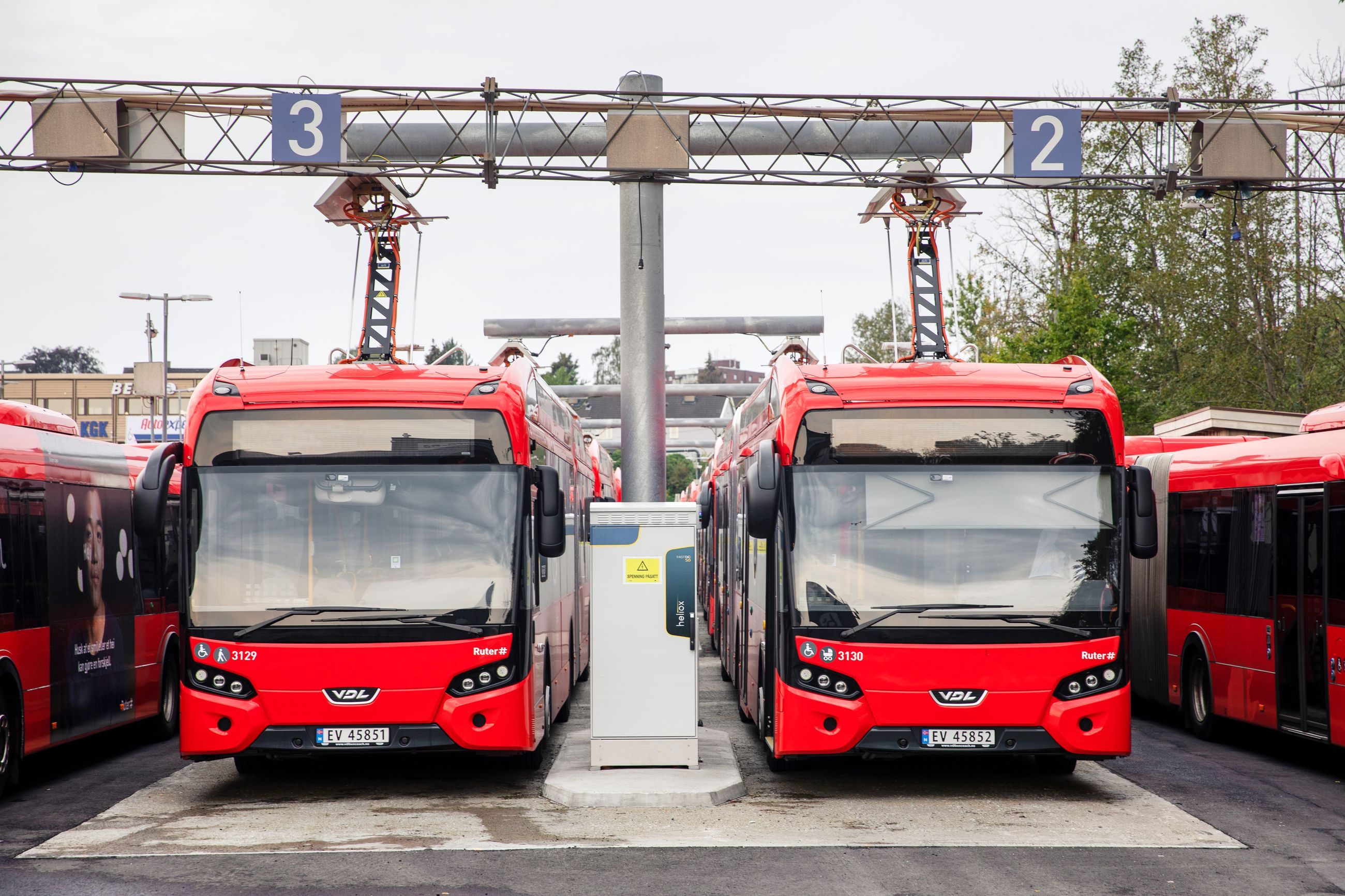
Electric buses will contribute to reduced emissions in Oslo. Ruter’s project entitled “Fossilfri 2020” or fossil-free 2020 aims for fossil-free public transport in Oslo and Akershus by the end of 2020. Photo: Thomas Haugersveen, Ruter/Redink
One of the important measures in the climate budget is the upgrade to the buses operated by Ruter. The project entitled “Fossilfri 2020” or fossil-free 2020 aims for fossil-free public transport in Oslo and Akershus by the end of 2020.
This implies that Ruter will not operate buses powered by fossil fuels, such as gasoline or diesel. At the same time, the company operations will be zero-emissions by the end of 2028.
Through these changes, the reduction in greenhouse gas emissions will be 7,700 tonnes CO2 equivalents in 2020 and 12,200 tonnes in 2023. Public transport is an important target area for Oslo City Government. The Climate Budget 2020 includes a proposal to increase bus capacity in the future to cater for an expected increase in number of passengers.

Moves to make a zero-emission Port of Oslo
Procurement power can foster emission reductions
The first zero-emissions construction project in Oslo commenced this autumn on Olav Vs gate, with more planned for 2020. The City of Oslo aims to exploit its purchasing power to ensure that all municipal projects are fossil-free or zero-emissions.
The use of fossil diesel will be eliminated on all building and construction sites where the City of Oslo is the construction client. By placing requirements on the contractors, emissions from construction machinery can be reduced by around 12,000 tonnes CO2 equivalents in 2020.

Zero-emission construction sites are on the way
– The City of Oslo is demonstrating climate leadership by implementing innovative solutions in building and construction projects where they are the construction client. Parts of the industry have already made huge progress in this area. If this positive development is to progress significantly, we need the rest of the industry to make the changes and start using climate-friendly alternatives that emerge on the market, says Heidi Sørensen.
Reports on Oslo’s Climate Action:
- Perspectives on Zero Emission Construction
- Action Plan to Reduce Plastic Pollution in the Oslo Fjord
Further measures required to achieve targets
– Although the Climate Budget for 2020 comprises numerous positive initiatives, stronger instruments and more measures are required to reach the adopted emission limits in 2020 and 2023, confirms Heidi Sørensen.
For the time being, there is a gap between how much emissions must be cut by in 2020 to reach the target and the estimated potential for cuts provided by the measures in the budget, equal to eight percentage points in 2020. This implies a need for measures that provide a reduction in emissions of 109,000 tonnes CO2 equivalents in 2020.
The above should, however, not be taken at face value. The Climate Budget contains several positive measures and activities that will help reduce emissions, but where the impact cannot be quantified. The gap in 2023 is 13 percentage points, i.e. that in the lead up to 2023, the gap will increase and, at the time of writing, we lack effect from initiatives corresponding to approx. 183,000 tonnes of CO2 equivalents.
By 2023 however, it is possible to adjust our course by introducing more measures to reduce emissions.
– We still have a gap between our emission reduction targets and the measures that are currently planned in the Climate Budget. But we are continuing to work towards achieving the adopted targets, confirms Heidi Sørensen.
– New measures are planned for the near future that will have a positive impact on greenhouse gas emissions, confirms Heidi Sørensen. A new carbon capture plant at Klemetsrud will provide significant reductions in emissions. The current incineration plant at Klemetsrud is Oslo’s largest point source of greenhouse gas emissions.
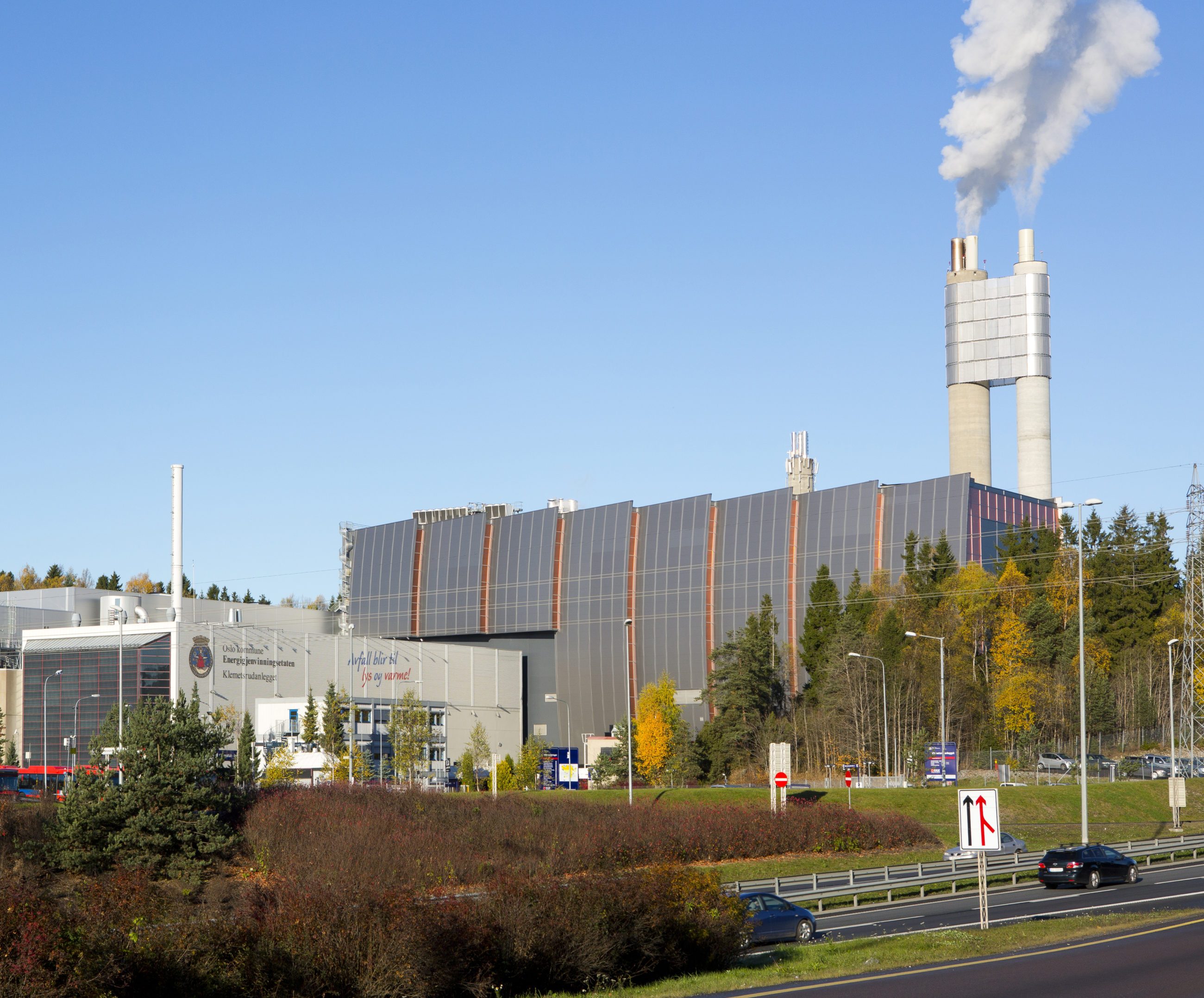
The waste incineration plant at Klemetsrud is Norway’s largest energy recycling facility.
At the same time, Oslo City Government plans to investigate how to convert buses and heavy vehicles to zero-emissions technology and to take action to reduce the volume of fossil plastic in incinerated waste. These are important target areas in the follow-up of the City Government’s proposed climate strategy for 2030.
Emissions are reduced
The Norwegian Environment Agency prepares emissions statistics showing greenhouse gas emissions for each municipality. These show that emissions in Oslo were down by eight percent from 2016 to 2017, the last known record of emission levels. In 2017, emissions were 22 percent lower than in 2009.
A reduction in the road transport sector is the main cause for this fall in emissions in recent years, mainly due to the increased sales of biofuel and a transition towards zero-emissions vehicles. The statistics showing actual emission reductions in 2020, and the gap to the adopted 2020 targets, will not be available in the emissions statistics issued by the Norwegian Environment Agency in 2022.
